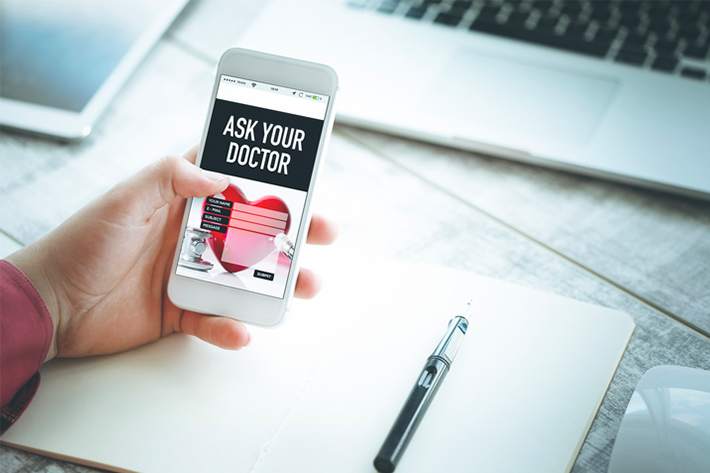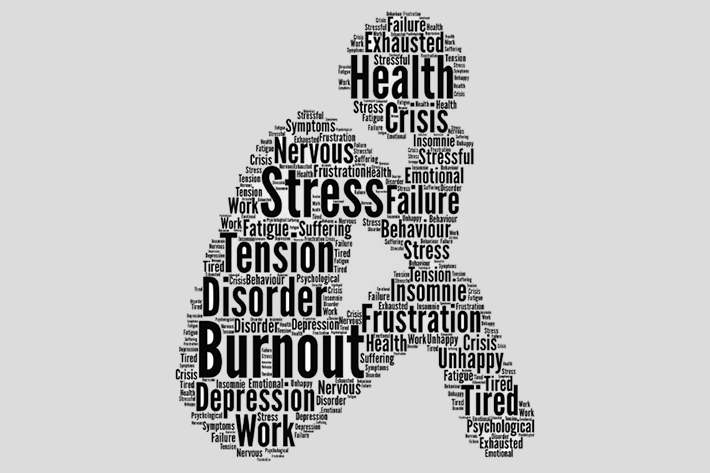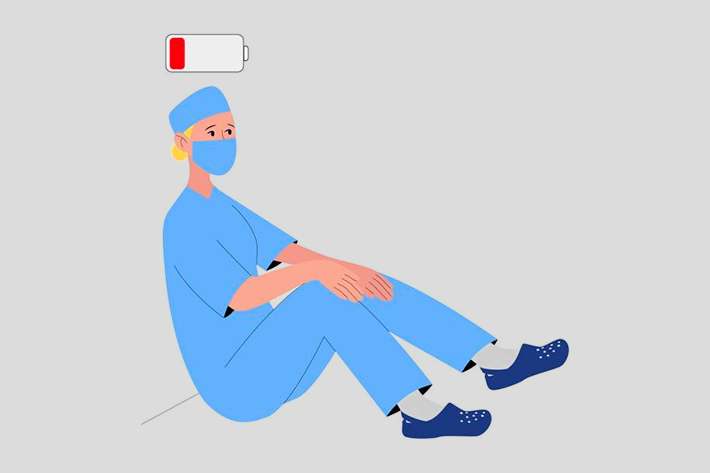Bridging the Gap: Patient Expectations vs. Experience in Healthcare
In the dynamic landscape of healthcare, understanding the nuances of patient expectations versus their actual experiences is critical. A recent Gallup survey revealed that 72% of Medicare beneficiaries lack trust in healthcare systems. This distrust is deeply rooted in the disparity between what pat
Read More











